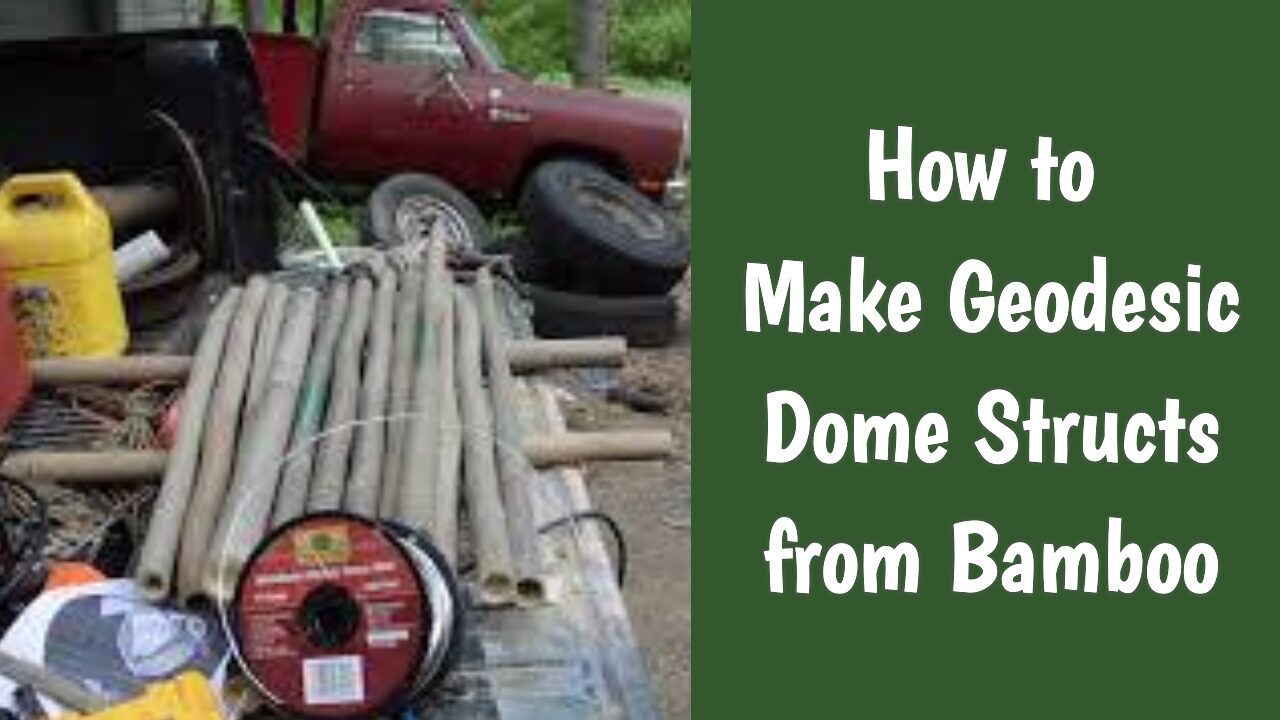If you love the great outdoors, there is a little better way to enjoy it than building your very own cabin. You will find that such a place can become a holiday destination or possibly even a seasonal home if you want it to be. However, building a cabin is unlike a traditional home. There […]
Category: How To (How I Did)
You could call this a How To – but people often tell me I did it wrong – now to be fair you can’t really tell me I can’t do it that way, when the video shows I actually DID do it that way – so to cool down the hateraide – lets just call this HOW I DID
5 Cost-Effective Updates That Will Transform Your Tired Kitchen
Kitchens are one of, if not the, hardest working rooms in the house so it is unsurprising that they can quickly become tired and dated. New research has found that over a quarter of us are looking to update our kitchens in 2019, but investing in a brand new kitchen can be costly. Thankfully, there […]
Tips on buying Metric Wrench Set and Ways to Care
Tips on buying Metric Wrench Set and Ways to Care A wrench is one of the more ubiquitous handy tools around the house. Its main use is in twisting to tighten or loosening a nut or fastener by the application of a particular amount of torque. Choosing a wrench is largely dependent not just on […]
Advantages and Disadvantages of Using Air Impact Wrenches
As opposed to an electric motor, an air impact wrench is powered by compressed air so requires an air compressor. For this reason, it’s a much more substantial piece of kit. Here are the main advantages and disadvantages of using air impact wrenches over the other forms of impact wrench. Air impact wrench advantages: Smaller Wrench […]





